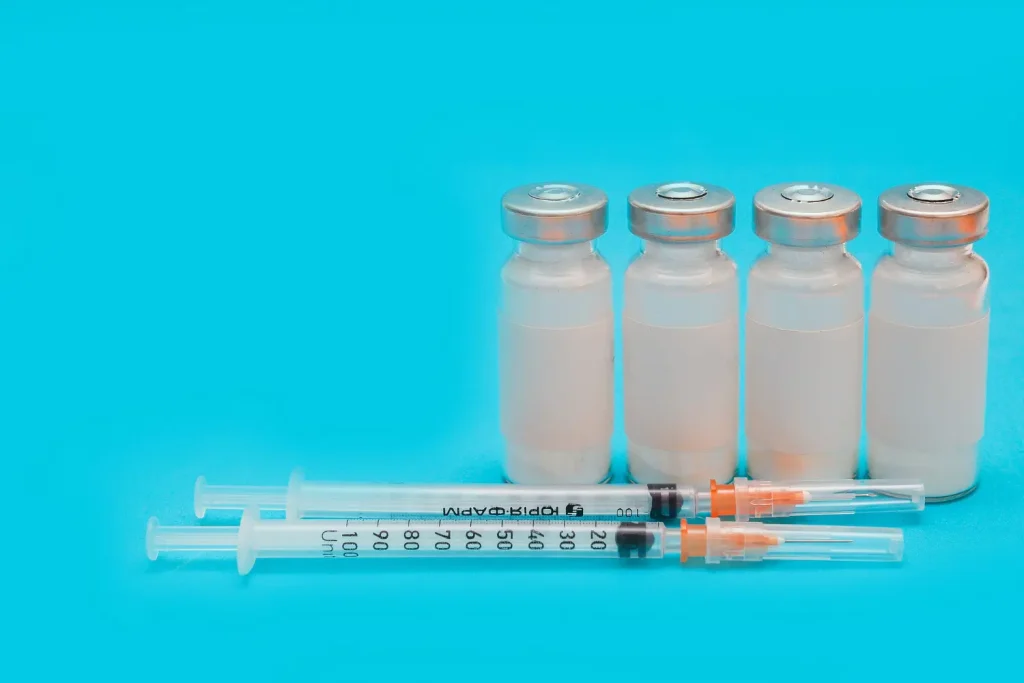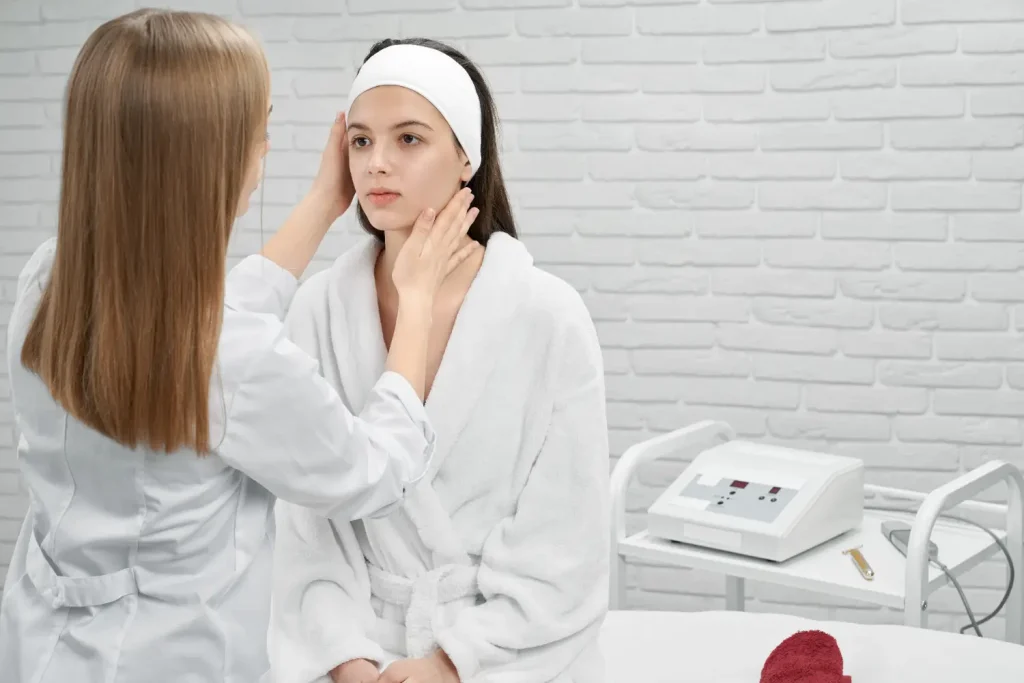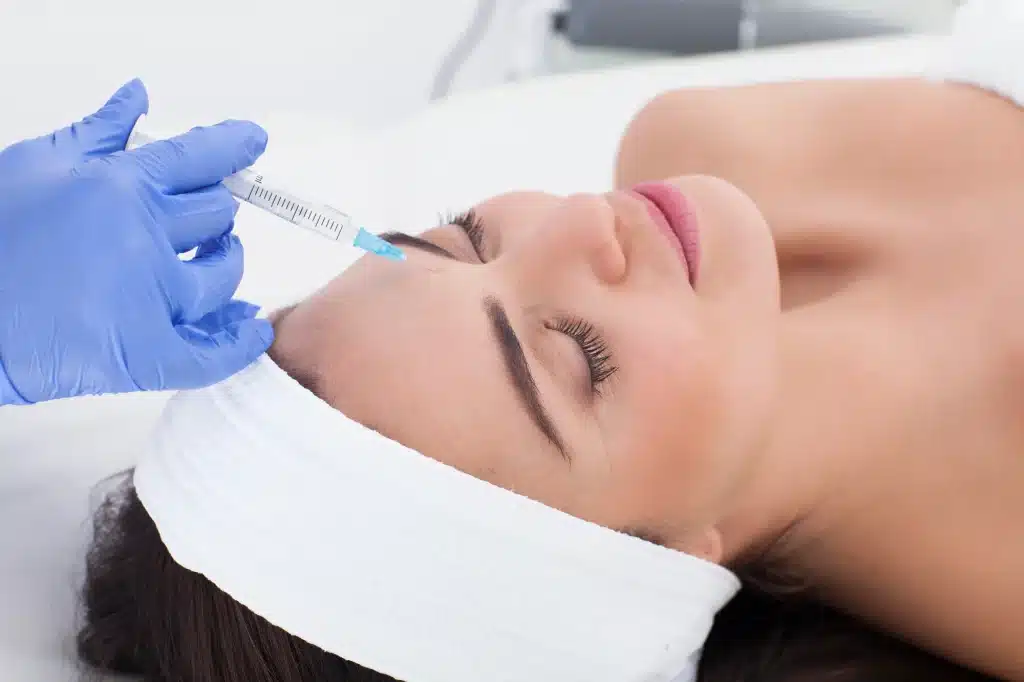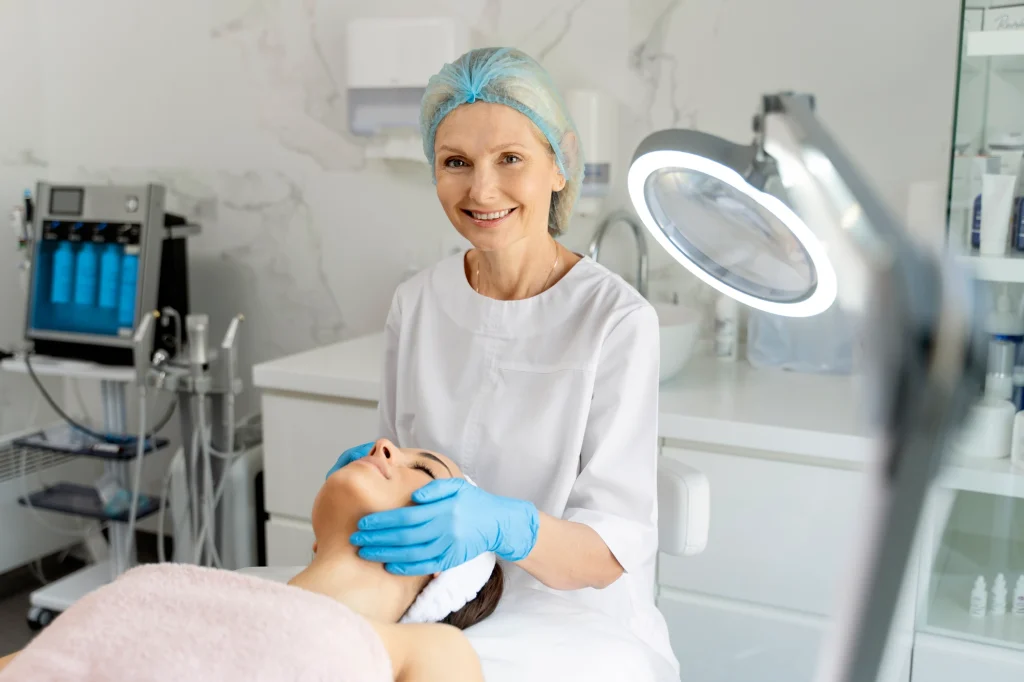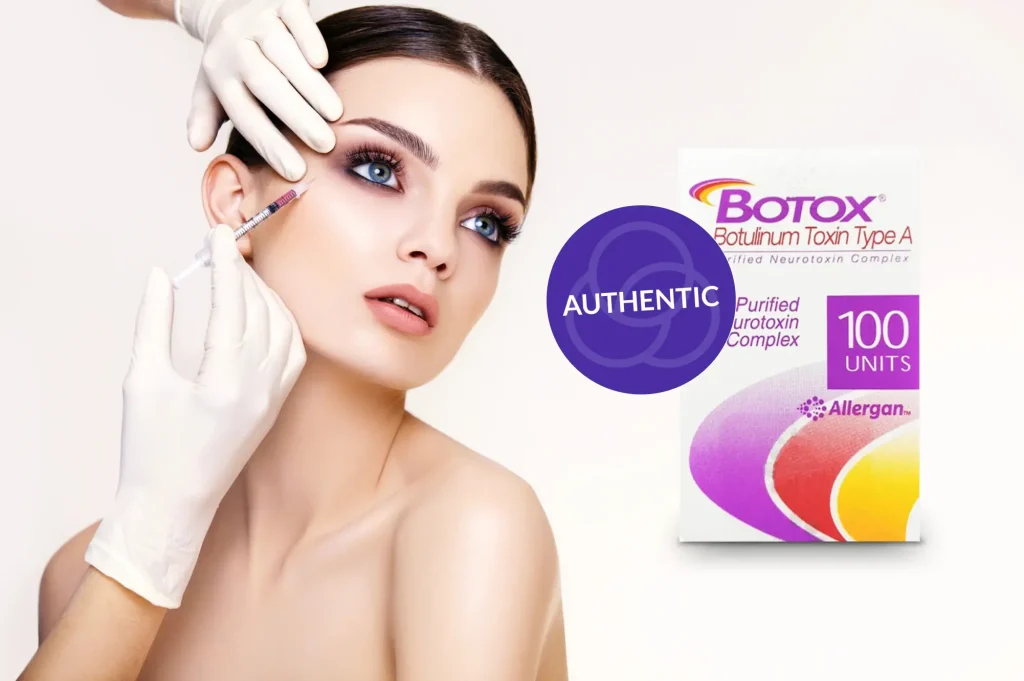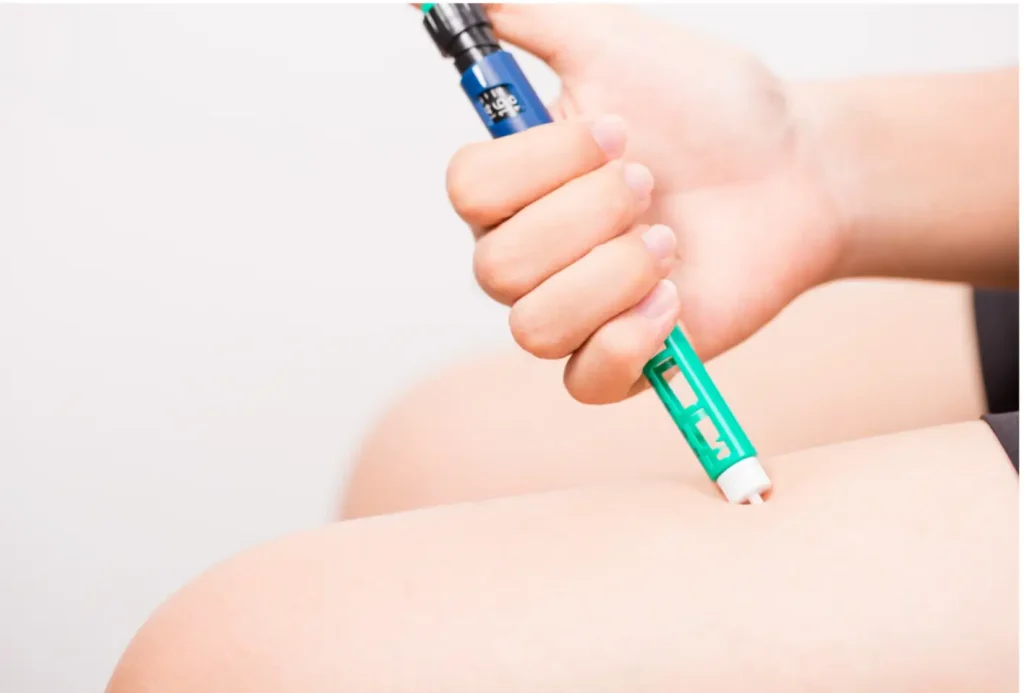Did you know that South Korea is home to 15 licensed botulinum toxin brands, more than any other country in the world? This surge in the market reflects a combination of strong domestic demand and aggressive international expansion, positioning Korean neurotoxins as major players in the global aesthetics scene. While there are ongoing concerns about immunogenicity and product quality, Korean dermatologists still favor local formulations for their cost-effectiveness and clinical versatility.
Among the leading products in this competitive market are Liztox and Nabota, both botulinum toxin type A formulations developed by South Korean pharmaceutical companies. While they share some similarities, they also have key differences in regulatory status, formulation, and clinical behavior, which can be crucial for both practitioners and patients.
In this article, we’ll dive into a detailed comparison of Liztox vs Nabota, exploring key aspects like onset, diffusion, longevity, formulation, and safety to help you understand how these two products stack up against each other.
Key Takeaways
- Liztox and Nabota are both botulinum toxin type A products from South Korea, with Liztox manufactured by Huons Biopharma and Nabota by Daewoong Pharmaceutical.
- Liztox is approved for both aesthetic and therapeutic uses in South Korea but is unregistered in the U.S.
- Nabota has FDA approval and is marketed as Jeuveau in the U.S.
- Liztox has a slightly slower onset, with full effects appearing around day 14, while Nabota works faster, peaking by day 7.
- Both products offer a similar longevity of 3–5 months, with Nabota possibly lasting slightly longer in some cases.
- Nabota has a tighter diffusion profile, making it ideal for precision areas, while Liztox offers a broader diffusion for larger areas.
- Liztox and Nabota both have low immunogenicity risks due to their high purity, but practitioners should monitor patients for common side effects like redness, swelling, and bruising.
- Safety data for both products indicate a low risk of serious side effects, with Liztox showing non-inferior safety outcomes compared to Botox in some clinical trials.
- Clinicians should consider the product’s regulatory status, formulation differences, and individual patient needs when selecting between Liztox and Nabota.
About: Medical Spa RX provides medical practices with premium products at the best prices. If you’re looking to buy Liztox online for your practice, the sales representatives at Medical Spa RX can give you guidance.
Liztox vs Nabota: Origins, Manufacturers, and Regulatory Status
Two popular botulinum toxin formulations that hail from South Korea are Liztox and Nabota. However, each product has its unique origins and regulatory standing.
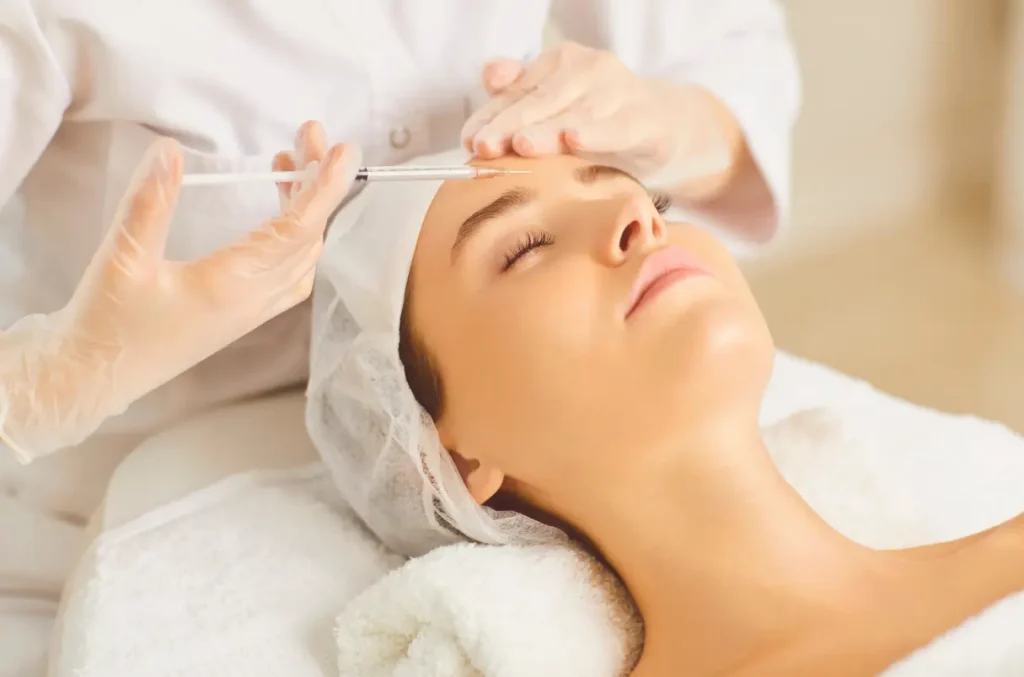
Liztox is manufactured by Huons Biopharma, a well-established South Korean pharmaceutical company known for its innovations in aesthetic medicine. While Liztox is approved in South Korea for both aesthetic (wrinkle reduction) and therapeutic uses (muscle disorders), it remains unregistered in the United States. Its absence from major markets like the U.S. limits its availability, but it remains a popular choice in countries where it’s approved.
In contrast, Nabota, developed by Daewoong Pharmaceutical, has pursued a broader international expansion and has FDA approval in the U.S., where it is marketed as Jeuveau. It is also registered in multiple Asian and Western markets, making it a more accessible option globally.
Practitioners should always verify the current regulatory status of these products in their country to ensure legal compliance and patient safety, especially when considering treatments across different regions.
Formulation, Purity, and Molecular Characteristics
When it comes to the formulation of Liztox and Nabota, both products boast high purity, but they have some subtle differences that can affect their clinical performance.
Liztox is specifically formulated to reduce unnecessary proteins, which may help reduce the risk of immune response over time. This could be particularly important for patients who receive frequent treatments or for those concerned about long-term immunogenicity. On the other hand, Nabota uses a specialized purification method designed to deliver consistent strength and a predictable spread, making it a reliable option for precision work.
These formulations also differ in their stabilizers: while Liztox may use alternative stabilizers, Nabota typically contains human serum albumin. This difference impacts how each product is mixed, stored, and dosed. Liztox comes in both 100- and 200-unit vials, while Nabota is available in a 100-unit format.
The choice of formulation can affect injection technique and help clinicians tailor their approach based on patient needs and desired outcomes. It’s always crucial for practitioners to check the product labels and clinical data to guide the technique and track treatment results.
Onset, Longevity, and Diffusion Profile
Both Liztox and Nabota are highly effective botulinum toxin type A products that offer reliable performance for aesthetic treatments, but there are subtle differences that may influence clinical decisions.
Onset
- Liztox: Begins around day 3, with full effect by day 14
- Nabota: Starts in 2–4 days, peaking by day 7; slightly faster onset
Longevity
- Both maintain results for 3–5 months; Nabota may last slightly longer in some cases
Diffusion
- Nabota: Tighter spread, ideal for precision zones like crow’s feet
- Liztox: Slightly broader diffusion, sound for larger areas
Clinicians may need to adjust dose and injection technique depending on the diffusion and onset characteristics of the product they are using. Monitoring patient response during treatment will also guide retreatment timing, ensuring the most effective and natural results.
Safety Data and Reported Adverse Events
Both Liztox and Nabota have strong safety profiles when administered by trained professionals. Common side effects are typically mild and transient, including redness, swelling, bruising, or discomfort at the injection site. More serious side effects, though rare, may involve ptosis (drooping eyelids), asymmetry, or unintended muscle weakness.
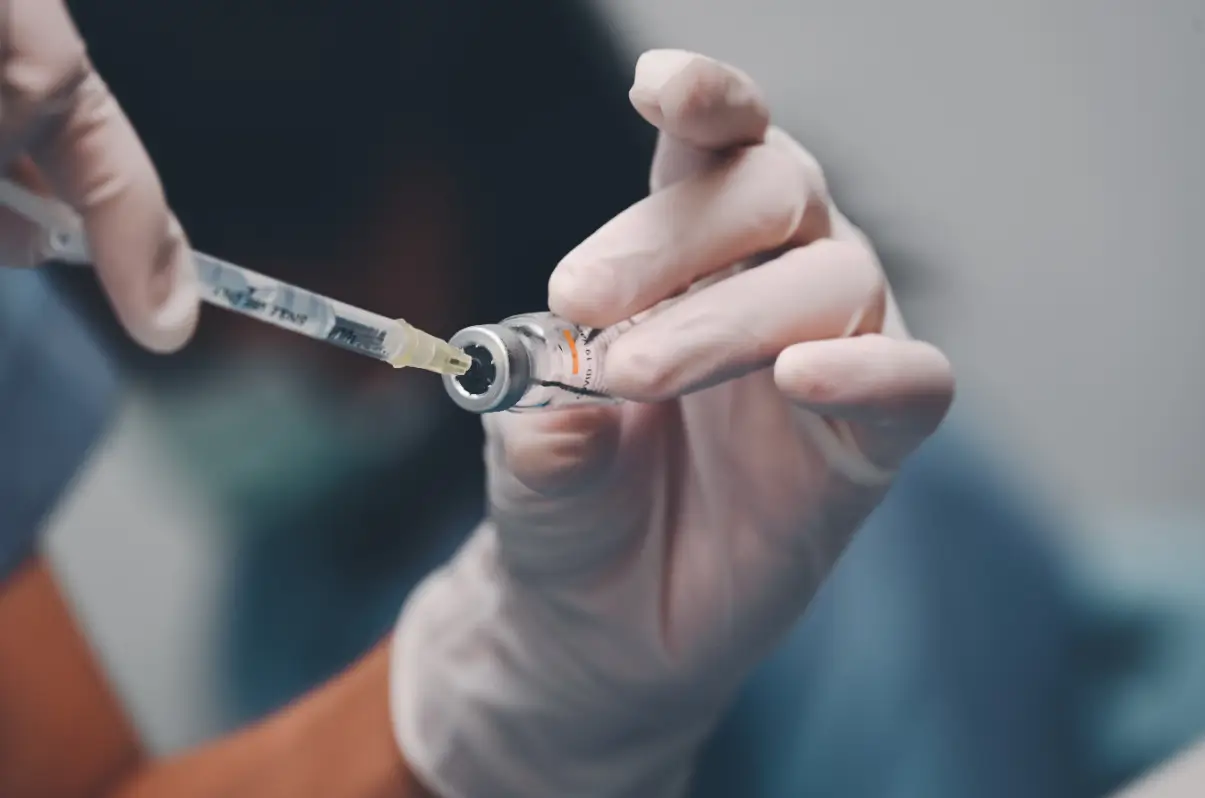
The products have low immunogenicity risk due to their high purity and minimal complex proteins. However, it’s essential for clinicians to monitor patients during and after treatment carefully.
While long-term comparative data between Liztox and Botox remain limited, early clinical trials, including the phase 3 study comparing Liztox vs Botox for post-stroke spasticity, suggest that Liztox demonstrates non-inferior safety outcomes compared to established botulinum toxins like Botox.
Despite these positive findings, clinicians should always verify the local regulatory status of each product. They should also monitor patients for any unexpected effects, especially when treating new areas or using higher doses.
Conclusion
In the Liztox vs Nabota comparison, both products are effective botulinum toxin type A formulations that offer similar results in terms of onset, longevity, and low immunogenicity. However, there are key differences in formulation, manufacturers, and regulatory status. These distinctions can influence a clinician’s choice depending on their specific needs and patient preferences.
The decision between Liztox and Nabota should be based on factors like availability, clinician expertise, and the unique clinical characteristics of each product. By understanding the subtle differences between these two formulations, practitioners can ensure optimal results for their patients, delivering natural, long-lasting outcomes.
FAQs
1. What conditions does Liztox treat?
Liztox is approved for cosmetic uses like reducing wrinkles, as well as some medical uses such as managing muscle spasticity or dystonia, depending on the jurisdiction.
2. How quickly does Liztox work?
Visible effects typically begin within 3–5 days, with full impact around two weeks after injection.
3. How long do results last?
Results usually last 3 to 4 months, though this may vary based on dose, injection site, and individual metabolism.
4. Is Liztox safe?
Yes. When administered by trained professionals, it has a strong safety profile with rare mild side effects.
5. Do I need to avoid any activities after injection?
It’s generally recommended to avoid vigorous exercise and manipulation of injected areas for 24
6. Can I switch from another botulinum toxin to Liztox?
Yes, many clinicians switch brands for availability or preference; it’s essential to adjust unit dosing, as potency may differ.
7. How should Liztox be stored and reconstituted?
It should be refrigerated before reconstitution, and clinicians should use a sterile diluent; discard unused solution within the recommended time.
References
Lee JH. Botulinum toxin resistance emerges as key factor for safe use. KED Global. https://www.kedglobal.com/beauty-cosmetics/newsView/ked202304210024. Published April 21, 2023.
Rho NK, Han KH, Kim HS. An Update on the Cosmetic Use of Botulinum Toxin: The Pattern of Practice among Korean Dermatologists. Toxins. 2022;14(5):329. doi:10.3390/toxins14050329

